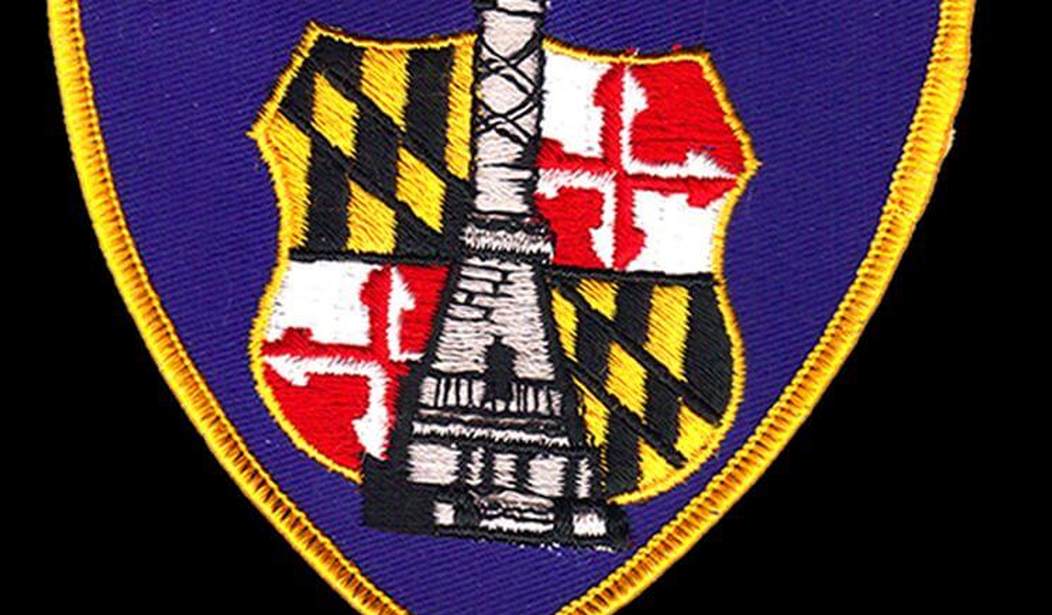Following the attacks in Paris on what was arguably one of the worst Friday the 13ths in recent memory, a call went out to most American municipal leaders warning them against possible violence on our own soil. In one of the most ironic instances of preventative measures seen in American terror control, one of those calls went to Baltimore Mayor Stephanie Rawlings-Blake and Police Commissioner Kevin Davis. Their response, as reported in local media, was heartfelt and proactive.
The commissioner’s office released a statement, saying: “The Baltimore Police Department remains vigilant and urges citizens to report any suspicious activity to police. While there have been no articulated threats to Baltimore or the United States, out of an abundance of caution, additional resources have been deployed across the city. We will continue to monitor the situation and gather intelligence from our local, state, and federal partners.”
Worries over possible crime on the streets of both eastern and western Baltimore turf were hardly unfounded. The media had already cautiously noted the fact that death was stalking the streets of Charm City in a way not seen since the bad old days which fed the imaginations of the producers of the HBO series The Wire. In this case, the call came shortly after the mayor had already expressed severe concern over her own city being the scene of more murders than anyone would care to count. On November 4th, the death toll in Baltimore reached 285. In a meeting between Mayor Stephanie Rawlings-Blake and the governor, concerns were expressed:
“I agree (with Hogan),” Rawlings-Blake said after the forum. “I’m not satisfied with the crime rate. I think anyone who is either working in public safety or communities is saying the same thing. We are working to get better.”
That statement should have raised eyebrows aplenty around Baltimore. Following the Freddie Gray affair, the mayor was forced to let her old Top Cop go out to pasture. Her new police commissioner, Kevin Davis, was only there on a temporary basis but received Her Honor’s full faith and confidence in terms of his ability to turn things around. The death toll may have been climbing, but Davis still managed to be appointed to a full term instead of an interim one following the firing of Anthony Batts. To be so honored, he must have been doing a bang-up job.
The irony of the relationship between the mayor and Commissioner Davis was not lost on the press. In the first week of November, Rawlings-Blake was at a public-safety meeting with Davis when a 23-year-old man was murdered less than a half mile from the site of the meeting while it was taking place.
To understand fully what’s been going on in Baltimore we need to look back not only to the events surrounding the death of Freddie Gray, but to the long dog days of summer which followed. While the death of the young man in the police van was certainly worthy of examination, the response of City Hall in the weeks and months to follow were likely more instructive.
The riots were a debacle to be sure, but they seemed to be part of a repeating pattern which has plagued not only Mayor Rawlings-Blake’s tenure, but generations of Baltimore civic leadership before her election. After the camera crews had largely packed up and left, the locals were noticing that the administration talked a good game but wasn’t doing much to actually improve their lives. By the first week of August there were already repeated calls for the mayor to resign — calls which she vigorously rejected.
Rawlings-Blake may not have been ready to quit the field of battle in the middle of a fight, but she obviously saw the writing on the wall. The mayor decided back in September not to run for another term in office, but her decision to turn things over to a new leader did little to stop the flow of bad news. In the same week that the Paris attacks took place there was a class action suit brought by residents from Baltimore’s public housing units claiming that repairmen in the towers had demanded sex from female residents in exchange for keeping the lights on and the water running. Complaints had been filed in the dozens, but no action was ever taken. When queried by the press, Rawlings-Blake had nothing to say.
City housing chief Paul T. Graziano has faced criticism over elimination of the housing authority’s inspector general and accusations that top housing officials have sought to retaliate against whistle-blowers. Some critics have called for his resignation. Mayor Stephanie Rawlings-Blake, who has strongly supported Graziano, declined to comment Friday.
There is a larger pattern here which should be instructive to the nation if they care to pay attention to it. The media treated the Baltimore riots as the latest chew toy on the Social Justice Warrior front. Reporters spoke in apocalyptic terms about evil police, beleaguered citizens of color and the failure of the American melting pot in the face of systemic white oppression. The reality, as this short vignette of current events demonstrates, is that Baltimore has been suffering from far deeper problems which date back well into the middle of the 20th century. The evanescence of a once-proud city which handled the seaborne traffic of the world marched toward a pit of despair deserving of a scene from The Princess Bride. Rawlings-Blake assumed office as a caretaker after the conviction of her mentor, Sheila Dixon, on charges of embezzlement. This consanguinity seems to have borne fruit in predictable ways.
The police were never the problem in Baltimore. They were, if anything, an ineffective Band-Aid which a few concerned public servants attempted to plaster on a festering wound. Generations of failed liberal leadership fell into corruption and lined their own pockets with federal largesse while their citizens descended into tribal warfare on the streets of a city which had become a pyrophoric lair awaiting only Freddie Gray to light the fuse.
Little to nothing of any substance was ever done about it since the inmates were running the asylum. The “reforms” spoken of after Freddie died have amounted to nothing because the problem was never rooted in the police department to begin with. The cancer ran much deeper than that, and now that the cameras have swung their focus elsewhere, it’s business as usual in Baltimore.
One more Democrat mayor to replace Stephanie Rawlings-Blake isn’t going to change anything. She was never a solution so much as a symptom of a long-standing illness.









Join the conversation as a VIP Member